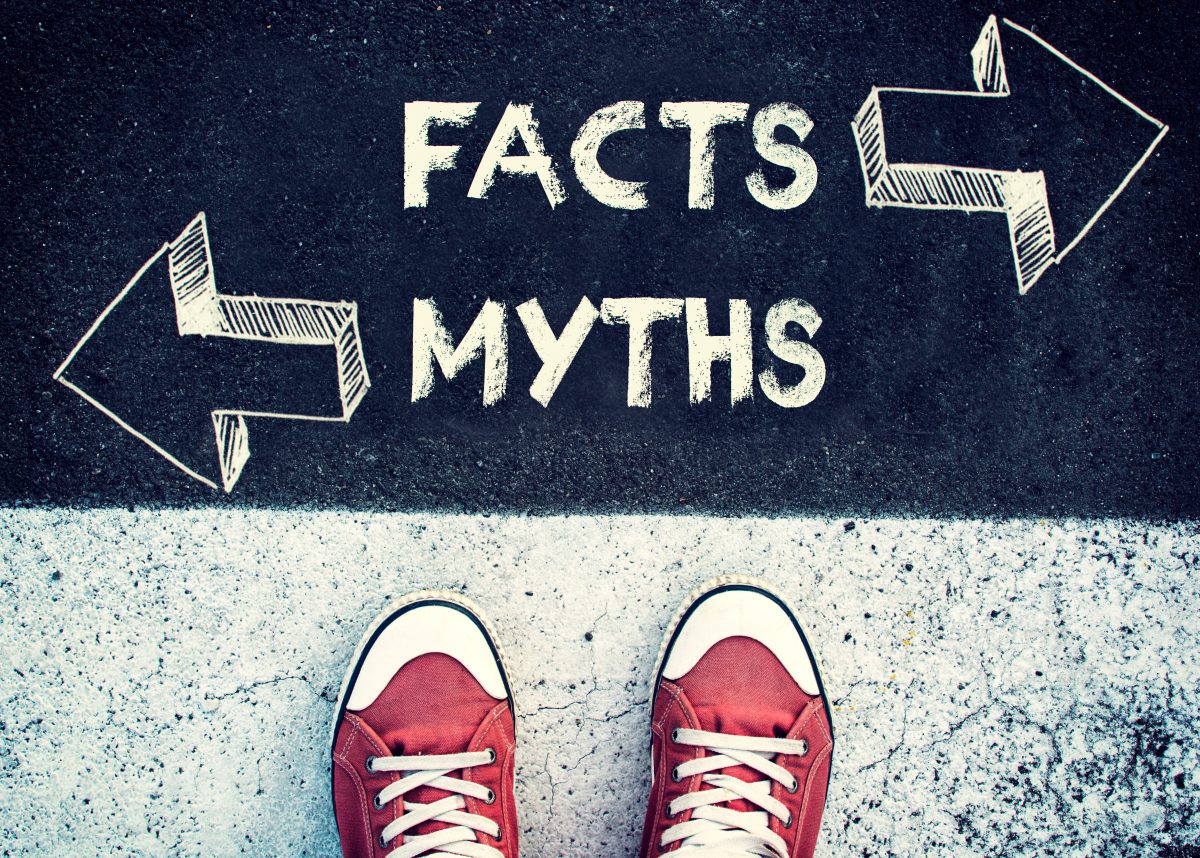
The Board’s (Almost Mandatory) Role in Form 990 Preparation
07.24.2024 | Linda J. Rosenthal, JD

The year 2019 has been one of intense soul-searching for philanthropy. There are enormous problems that society as a whole must address.
But that has led to legitimate questions on how to tackle them along with concerns about whether this nation’s philanthropic organizations, as historically and currently organized, should – or even can – take a leading role in the solutions.
As Deborah Elizabeth Finn explains in The ongoing revolution in philanthropy: An open-ended reading list (November 25, 2019), “grantmakers and nonprofit professionals are now talking openly about some very painful (and inter-related) issues in philanthropy….” Ms. Finn offers a suggested reading list of eight books – some of them already well-known and heavily discussed in our sector – like Decolonizing Wealth (Edgar Villanueva), Winners Take All (Anand Giridharadas), Just Giving (Rob Reich), and Giving Done Right (Phil Buchanan).
She adds into these full-volume recommendations a helpful (but staggering) list of over 90 articles, reports, podcasts, and videos.
Dispelling Myths in Philanthropy
In order to approach the enormity of the challenges ahead, it’s important to set the record straight about the facts so that we can proceed on a footing of truth and solid information.
That’s where the distinguished faculty of the Indiana University’s Lilly Family School of Philanthropy has stepped in with a major report, Eight Myths of US Philanthropy (Fall 2019). Published in the prestigious Stanford Social Innovation Review, it’s a significant contribution to the important national discussion ahead of us.
“By examining the eight common myths of philanthropy—including who gives, how, and with what impact—” the faculty authors explain, “we can better comprehend the breadth and diversity of giving.”
“One of the biggest myths about philanthropy,” they continue in the opening paragraphs of their lengthy treatise, “is that it only refers to the giving of enormous sums of money by wealthy donors—the bigger the better.” Although huge gifts make big news, this underplays “the significance of all kinds of actions, idolizes individual donors, and fails to recognize collective contributions. It can also blind us to how social change really happens.”
This misplaced emphasis on mega-donors and mega-gifts also obscures other contributions including by the “individuals and communities who are the intended beneficiaries.”
Rigorous Research on Philanthropy
The aim of the Lilly faculty in Eight Myths of US Philanthropy is to shine a light, through “rigorous research,” on the “assumptions and beliefs” of many people inside and beyond the philanthropy sector that are “riddled with fiction.” This effort, they hope, will “prevent harm and better ensure that philanthropic efforts do good.”
They caution that carelessly plucking data from published surveys – even one like the well-known Giving USA report – can result in misunderstandings and “missed opportunities.” For example, contrary to much of current thinking, “American giving has been changing dynamically over time.” It’s not as static as some of the data suggest and it’s not the same people giving year after year.
Because this article is long and meaty – and bearing in mind the admonition of the Lilly-faculty authors against snagging just bits and pieces of a more complete whole – we’ll list them in bullet form only. Sometime before, during, or after you tackle Deborah Elizabeth Finn’s long reading list, we hope you have a chance to read and think over each of these selections:
Conclusion
The authors of Eight Myths of US Philanthropy ask you to accept their challenge of myth-busting. “More immediately and practically, don’t make plans based on easy assumptions or myths in the eight areas that we have outlined in this article.” They add that these are not the only persistent areas of “false certainties.”
The Lilly faculty plan to continue and expand this important research and analysis.
